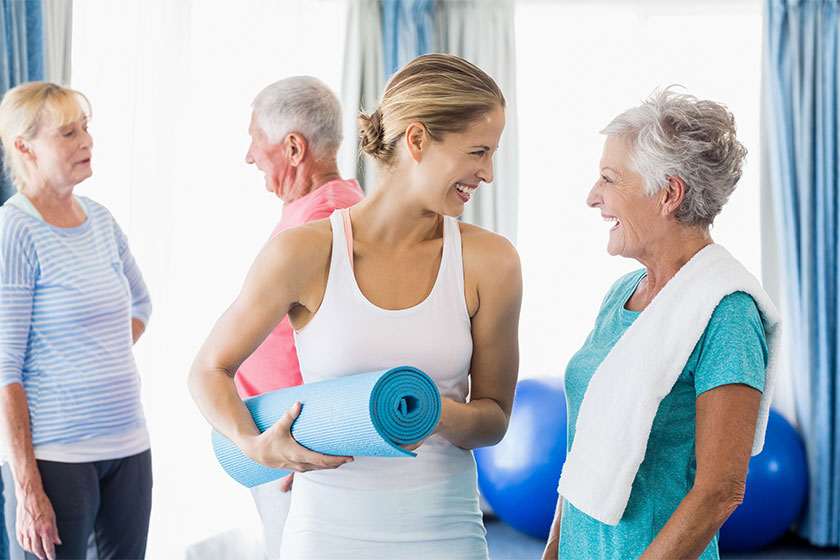As people move into their later years, active support becomes a crucial aspect of daily life, particularly within retirement communities. Active support is not just assistance; it’s a proactive approach that encourages residents to be engaged in their lives, supporting them to participate as fully as possible in their day-to-day activities. This support acknowledges everyone has the right to a fulfilling life, regardless of age or ability.
Defining Active Support for Seniors
Active support for seniors is a way of helping that emphasizes doing activities with them rather than for them. It means team members in a retirement community work alongside residents, guiding them to be as independent as possible. This could involve assisting them with cooking meals, choosing their outfits, or engaging in hobbies. It’s a collaborative effort that promotes independence rather than dependence, encouraging residents to make choices and participate actively in their daily lives. This approach respects the individual’s autonomy while providing the necessary support to enhance their ability to manage and enjoy everyday activities.
Benefits of Active Support for Seniors
The benefits of active support for seniors are profound. First, it bolsters their independence, improving self-esteem and greater life satisfaction. When residents feel they are contributing to their care and daily routine, it reinforces their self-worth and dignity. Additionally, active support can have physical benefits, as seniors are more likely to move and stay active when involved in their care processes, which is critical for maintaining physical health. Mentally, it keeps the mind engaged as residents make decisions and solve daily problems. Socially, it creates a sense of community as residents interact with team members and one another, fostering solid bonds and reducing feelings of loneliness. All these benefits contribute to a higher quality of life for seniors, which is why active support is valued in retirement communities.
How to Implement Active Support for Seniors
Implementing active support for seniors requires a thoughtful approach, integrating respect, patience, and encouragement into daily care. To start, team members in the retirement community need to be trained to understand the difference between doing things for residents and doing something with them. They should learn to step back and allow residents to take on tasks at their own pace, offering help only when necessary. It’s important to create a safe and supportive environment where seniors feel confident to try new things and know that help is at hand if they need it.
One practical way to apply active support is through personalized care plans that take each resident’s abilities and interests into account. For instance, if a resident enjoys gardening, a team member might support them in maintaining a small garden plot or a collection of houseplants. Regular meetings between residents and team members can help to set goals and discuss ways to achieve them, ensuring that the support provided is always geared towards fostering independence and engagement.
Importance of Community Involvement in Active Support
Community involvement plays a vital role in effective active support for seniors. It’s about creating a culture within the community where every member is seen as a valuable contributor. Community events and activities should be designed to be inclusive, allowing all residents to participate in some way. By involving the entire community, including family members and guests, in activities and planning, residents feel that their community is a vibrant and integral part of the larger social fabric.
This broader involvement can reinforce the active support provided by the team members. For example, guest speakers or local students could hold workshops that help seniors learn new skills alongside their peers, offering both educational and social benefits. Moreover, engaging with the wider community can help break down feelings of isolation and bring fresh perspectives and energy into the lives of residents.







